In today's digital era, balancing social life involves managing online presence and privacy. Students can protect their personal brands, avoid distractions, and combat cyberbullying by adopting mindful digital habits. Safeguarding information through secure practices ensures a positive balance between socializing and privacy preservation.
In today’s digital age, students navigate a complex landscape where their online presence can have lasting impacts on their personal and academic lives. This student guide explores essential strategies for managing privacy and balancing social life. From understanding your digital footprint to recognizing cyberbullying and building healthy real-life connections, these tips empower you to thrive in both the virtual and physical worlds. Learn how to set boundaries, manage time effectively, and protect your personal information safely.
- Understanding Your Digital Footprint
- Setting Boundaries for Online Engagement
- Managing Time on Social Media
- Recognizing Cyberbullying and Its Impact
- Protecting Personal Information Safely
- Building Healthy Real-Life Connections
Understanding Your Digital Footprint
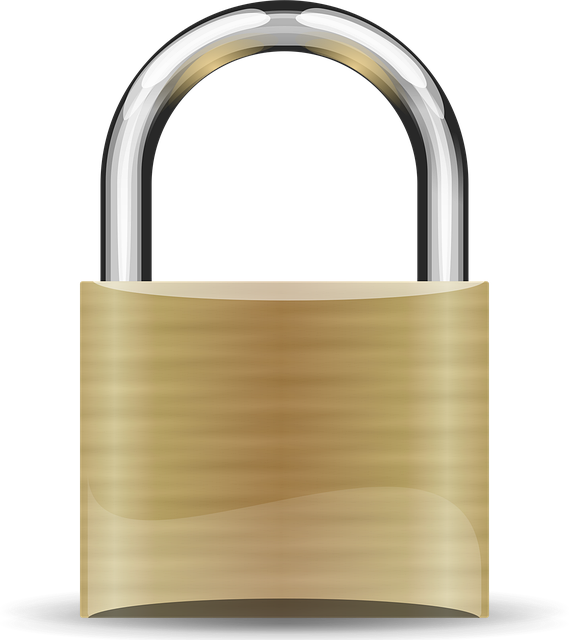
In today’s digital era, every action online leaves a trace, collectively known as your digital footprint. This footprint encompasses everything from social media posts to online searches and even emails. Understanding your digital footprint is crucial for balancing your social life. Every time you share something online, it has the potential to reach a wide audience and last indefinitely, impacting your personal brand and future opportunities. By being mindful of what you post and how often you engage, you can maintain control over your digital presence while still enjoying the benefits of a vibrant social life.
Remember that your online behavior reflects on you in real life, especially among peers and potential employers. Therefore, it’s essential to be selective about the content you share and the platforms you use. Balancing social life means recognizing that privacy settings exist for a reason, and knowing when to take a step back from your devices to disconnect and appreciate face-to-face interactions. This mindful approach ensures you’re not just present online but truly engaged in the relationships that matter most.
Setting Boundaries for Online Engagement
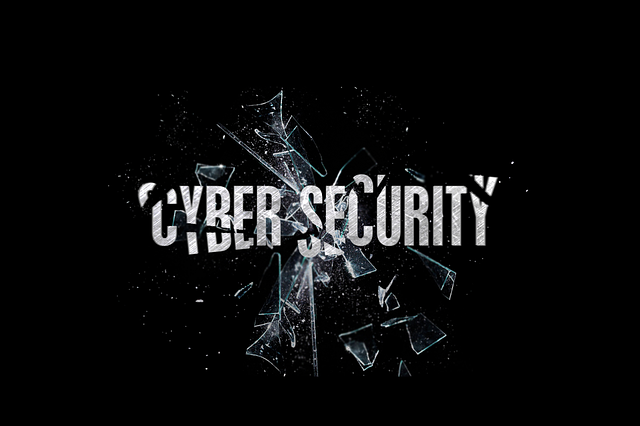
Managing your online presence is a key aspect of balancing social life as a student. Setting clear boundaries for your digital engagement can help protect your privacy and maintain healthy relationships. Start by understanding what information about yourself is publicly accessible on social media platforms. Regularly review and adjust your privacy settings, choosing who can see your posts, personal details, and activity. Remember to think before you post; once something is shared online, it’s there forever, potentially impacting your reputation and future opportunities.
Consider the impact of your digital footprint on your personal and professional life. Limit the time spent on social media, especially during study periods, to avoid distractions and maintain focus. Use apps or tools designed to manage screen time, helping you stay mindful of how much time is dedicated to online activities. By setting these boundaries, you can ensure that your social interactions online enhance your offline experiences while keeping your personal information secure.
Managing Time on Social Media
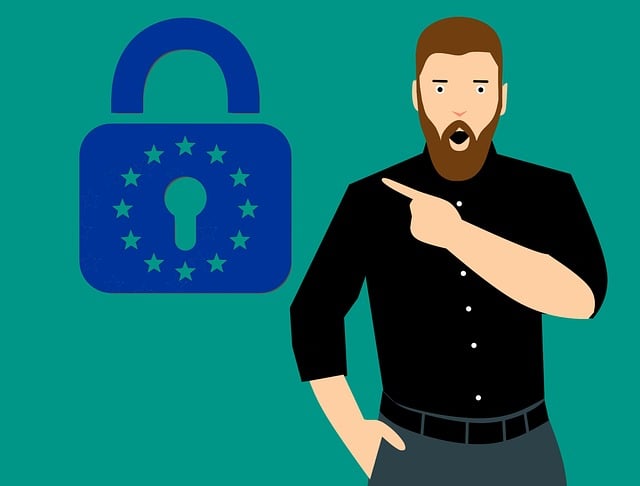
Managing time on social media is a key aspect of balancing your social life and maintaining privacy. With countless apps and platforms vying for our attention, it’s easy to spend excessive time scrolling through feeds and engaging in online interactions. To strike a healthy balance, set clear boundaries. Allocate specific timeslots during the day for checking updates, and stick to them. Avoid constant notifications by adjusting settings, silencing alarms or using ‘do not disturb’ modes.
Remember, real-life connections and experiences are just as important as virtual ones. By managing your time effectively, you can foster meaningful relationships offline while still enjoying the benefits of social media in moderation. This approach ensures a healthier, more fulfilling social life and helps protect your privacy by reducing the digital footprint you leave behind.
Recognizing Cyberbullying and Its Impact
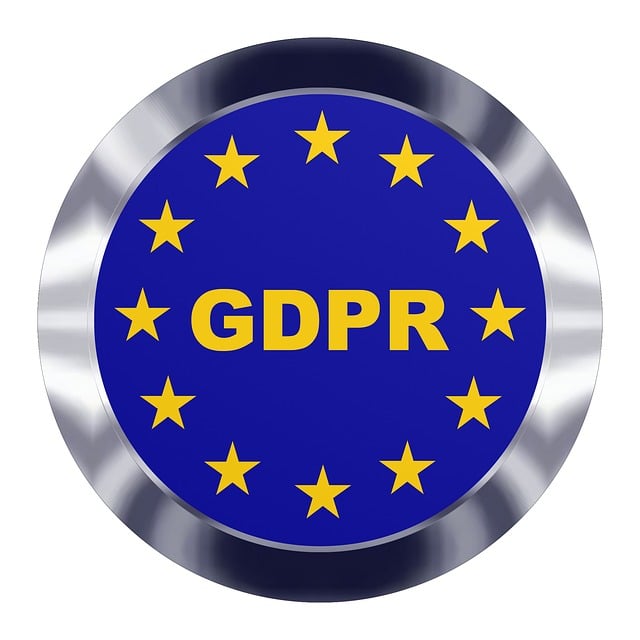
Cyberbullying is a pervasive issue that can greatly impact students’ mental health and overall well-being, especially when balancing their social life online. It’s important to recognize the signs and understand its far-reaching consequences. This modern form of bullying often occurs through digital platforms like social media, instant messaging, or gaming communities. Victims may face relentless harassment, shaming, or threats, which can lead to severe emotional distress, low self-esteem, and even suicidal ideation.
Students should be educated on the power dynamics at play in online spaces and encouraged to report any instances of cyberbullying promptly. By fostering a culture of empathy and digital citizenship, we can create healthier environments where individuals feel supported and respected, ensuring a more positive balance between their social life and the virtual world.
Protecting Personal Information Safely

In today’s digital age, where every click and share contributes to our online footprint, it’s crucial for students to understand the importance of protecting their personal information while balancing their social life. This means being mindful of what data you reveal on various platforms. Share only what you’re comfortable with others knowing, and remember that once something is posted, it can be challenging to control its reach.
Use strong, unique passwords for different accounts, enabling two-factor authentication where possible. Be cautious of requests from unfamiliar profiles; verify their legitimacy before connecting. Regularly review your privacy settings on social media, limiting access to personal details and location updates. Educate yourself about data collection practices and consider using privacy tools or extensions that can help shield your online activities from prying eyes.
Building Healthy Real-Life Connections
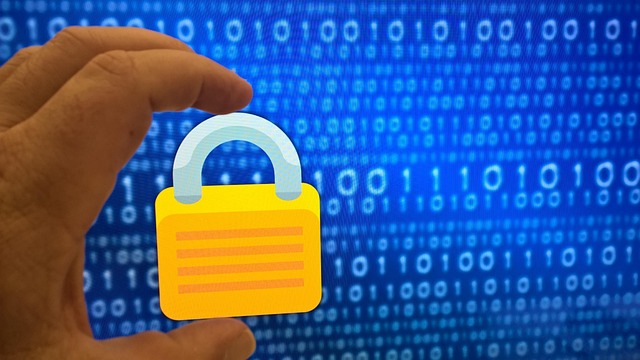
Maintaining a healthy balance between socializing and protecting your privacy is essential for overall well-being, especially during student life. Real-life connections are vital for personal growth and a sense of belonging, but it’s crucial to set boundaries and be mindful of how much information you share online. Students often find themselves in a whirlwind of social media interactions, which can be both exciting and overwhelming. By prioritizing in-person interactions, students can build meaningful relationships that contribute to their mental health and academic success.
Engaging in extracurricular activities, joining study groups, or participating in community events are excellent ways to meet like-minded people. These settings encourage face-to-face communication, fostering deeper connections while allowing individuals to maintain a sense of privacy. Balancing social life and privacy involves understanding the value of both and finding a middle ground where you can enjoy the benefits of social interactions without sacrificing personal boundaries.






